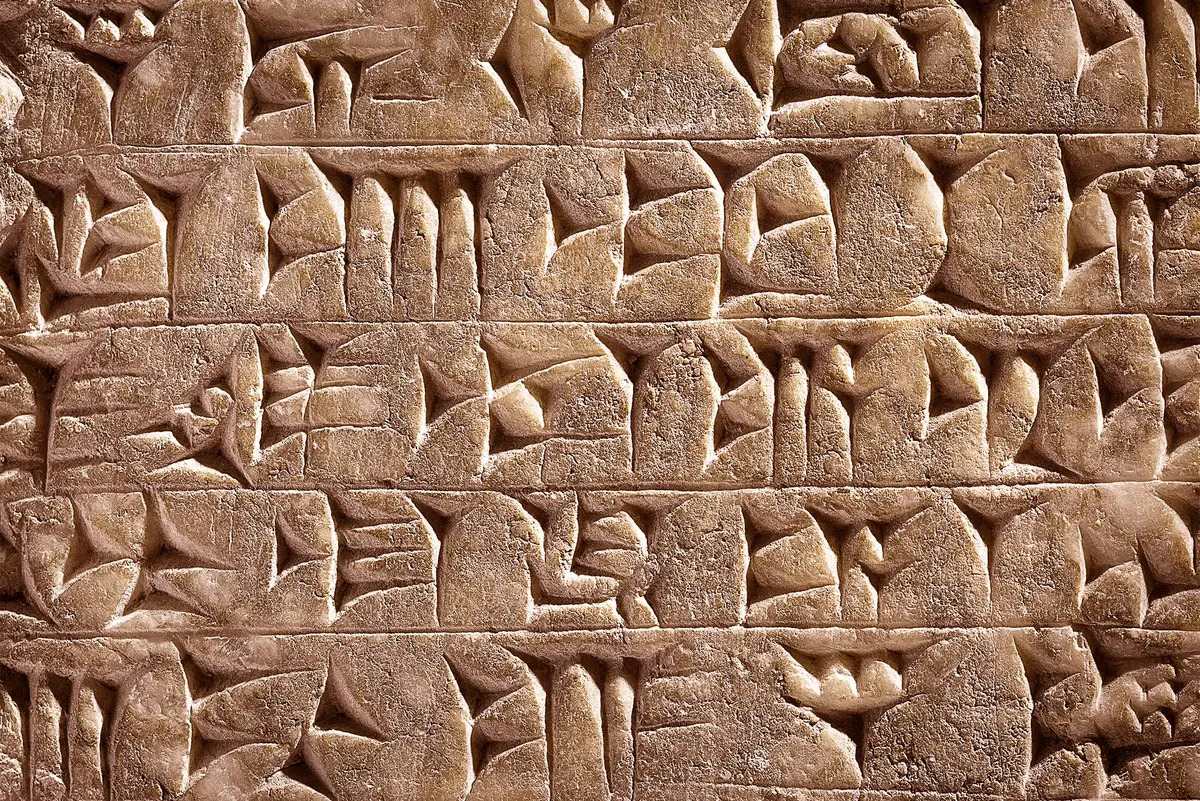Ancient Tongues Alive Today: Which Languages Have Stood The Test Of Time?

Have you ever wondered which ancient languages are still spoken today? Some tongues have survived thousands of years, carrying history and culture through generations. Hebrew, once nearly extinct, thrives in modern Israel. Greek has evolved but remains a cornerstone of Western civilization. Tamil, spoken in parts of India and Sri Lanka, boasts a rich literary tradition dating back over two millennia. Chinese, especially Mandarin, has roots stretching back to ancient dynasties. Arabic connects millions across the Middle East and North Africa, preserving its classical form in religious texts. These languages offer a living link to our past, enriching our present.
Ancient Languages Still Spoken Today
Languages have evolved over centuries, but some ancient tongues have managed to survive the test of time. These languages offer a glimpse into the past, preserving history and culture. Let's explore some of these fascinating languages still spoken today.
Sanskrit
Sanskrit, an ancient language of India, has influenced many modern languages and continues to be used in religious and scholarly contexts.
- India: Sanskrit is still taught in schools and used in Hindu rituals and ceremonies.
Hebrew
Hebrew, once considered a dead language, has been revived and is now the official language of Israel.
- Israel: Modern Hebrew is spoken by millions, blending ancient roots with contemporary usage.
Greek
Greek, with its rich history, remains a vital part of Greece's culture and daily life.
- Greece: Modern Greek has evolved from ancient Greek but retains many classical elements.
Tamil
Tamil, one of the oldest living languages, is still widely spoken in parts of India and Sri Lanka.
- India: Tamil is an official language in the state of Tamil Nadu and is used in literature, media, and education.
- Sri Lanka: Tamil is one of the official languages, spoken by a significant portion of the population.
Chinese
Chinese, particularly Mandarin, has ancient origins and continues to be one of the most spoken languages globally.
- China: Mandarin Chinese is the official language, with roots tracing back thousands of years.
Arabic
Arabic, with its classical form used in the Quran, remains a major language in the Middle East and North Africa.
- Saudi Arabia: Classical Arabic is used in religious contexts, while Modern Standard Arabic is used in media and education.
- Egypt: Arabic is the official language, with a rich history in literature and culture.
Persian (Farsi)
Persian, also known as Farsi, has a long history and is still spoken in several countries.
- Iran: Farsi is the official language, used in government, media, and daily communication.
- Afghanistan: Known as Dari, Persian is one of the official languages, used in education and administration.
Basque
Basque, a language isolate with no known relatives, is spoken in a region spanning parts of Spain and France.
- Spain: Basque is spoken in the Basque Country, with efforts to preserve and promote the language.
- France: Basque is also spoken in the French Basque Country, though less widely than in Spain.
Welsh
Welsh, a Celtic language, has seen a revival in recent years and is actively promoted in Wales.
- Wales: Welsh is taught in schools and used in media, with efforts to increase the number of speakers.
Irish Gaelic
Irish Gaelic, another Celtic language, is an official language of Ireland and is taught in schools.
- Ireland: Irish Gaelic is used in education, media, and government, with ongoing efforts to promote its use.
Conclusion
These ancient languages not only connect us to our past but also enrich our present. By preserving and promoting these languages, we keep alive the diverse cultural heritage they represent.
Timeless Languages Still Thriving
Ancient languages like Sanskrit, Greek, and Hebrew have not only survived but continue to influence modern cultures. These languages offer a glimpse into the past, showing how people communicated, thought, and lived. Latin, though no longer spoken daily, remains crucial in law, medicine, and science. Chinese and Tamil have evolved yet retained their core, connecting millions to their heritage. Arabic bridges ancient and modern worlds, vital in religion and literature. Learning these languages can deepen understanding of history and enrich personal growth. They are more than words; they are living links to our ancestors. Embracing these ancient tongues keeps their stories and wisdom alive for future generations.

